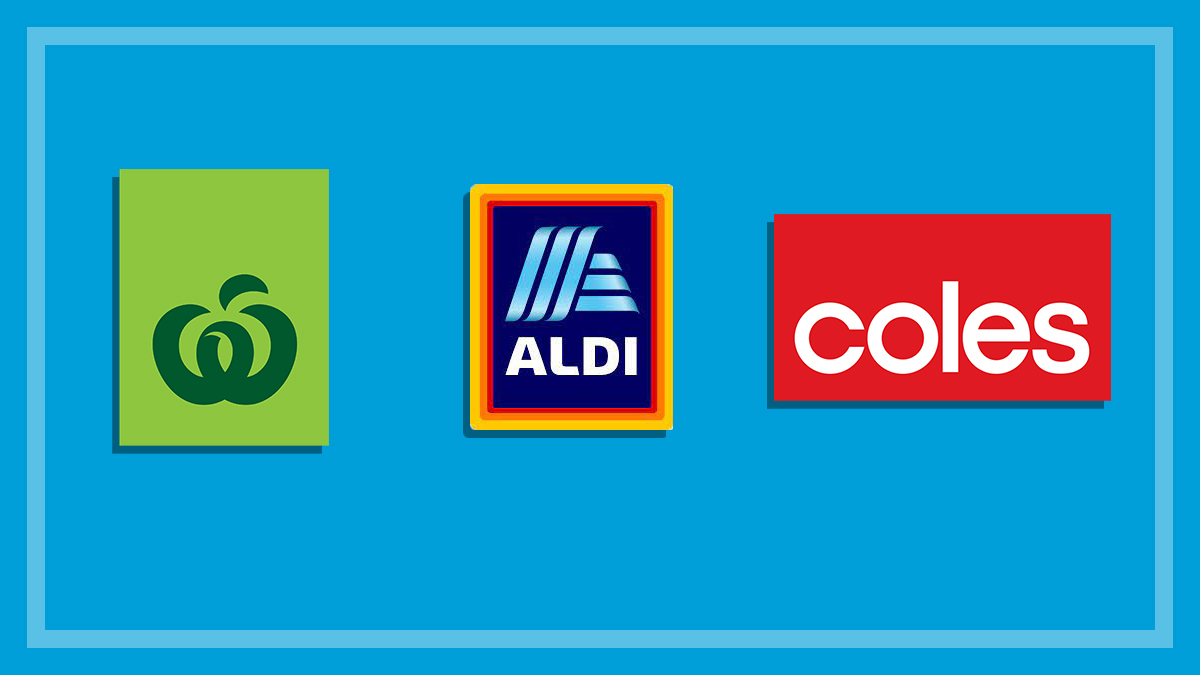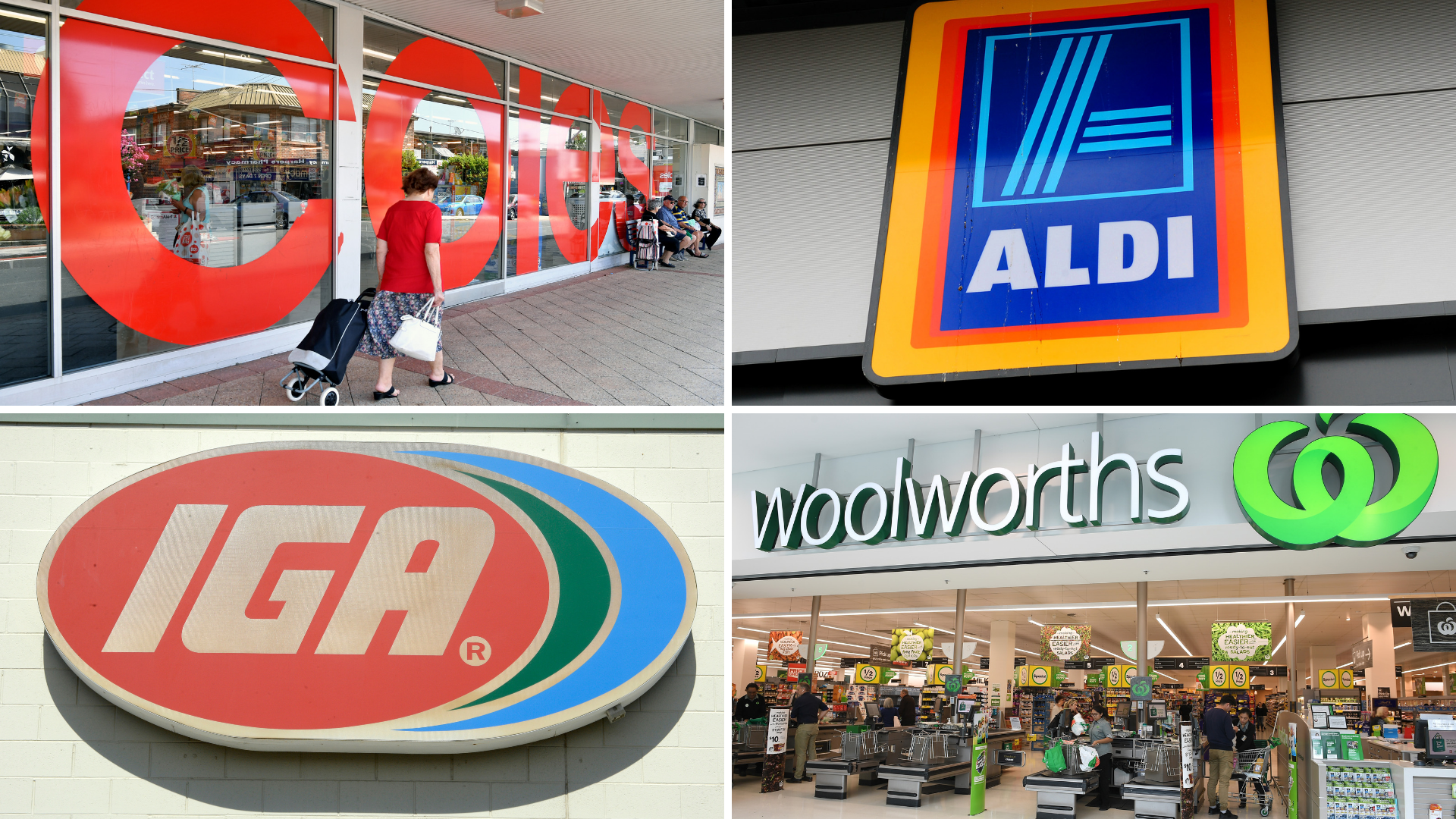Woolworths coles and aldi under fire – Woolworths, Coles, and Aldi, three of Australia’s largest supermarket chains, are facing intense scrutiny over their competitive practices, consumer perceptions, and marketing strategies. This in-depth analysis will delve into the market dynamics, consumer preferences, and marketing tactics employed by these retail giants, uncovering areas for improvement and optimization.
Competitive Landscape
Woolworths, Coles, and Aldi are the three major supermarket chains in Australia, with a combined market share of over 80%. Woolworths is the market leader with a share of around 38%, followed by Coles with 32% and Aldi with 15%.
Each company has its own competitive advantages. Woolworths has a strong presence in metropolitan areas, while Coles has a stronger presence in regional areas. Aldi has a reputation for offering low prices, while Woolworths and Coles offer a wider range of products and services.
Market Share, Woolworths coles and aldi under fire
- Woolworths: 38%
- Coles: 32%
- Aldi: 15%
Competitive Advantages
- Woolworths: Strong presence in metropolitan areas
- Coles: Strong presence in regional areas
- Aldi: Low prices
- Woolworths and Coles: Wider range of products and services
Consumer Perceptions
Consumers’ perceptions of Woolworths, Coles, and Aldi vary significantly based on several key factors, including price, quality, and customer service. Understanding these perceptions is crucial for the companies to effectively target their marketing strategies and improve their overall offerings.
In terms of price, Woolworths is generally perceived as the most expensive among the three supermarkets, while Aldi is often seen as the most affordable. Coles falls somewhere in between, offering a balance of price and value. However, it’s important to note that price perceptions can vary depending on specific product categories and individual consumer preferences.
Quality
When it comes to quality, Woolworths is often associated with higher-quality products, particularly in the fresh produce and deli sections. Coles is also perceived as offering good quality products, while Aldi has a reputation for providing decent quality at a lower price point.
Customer Service
In terms of customer service, Coles and Woolworths are generally considered to provide comparable levels of service, with both offering friendly and helpful staff. Aldi, on the other hand, has a more limited customer service presence, with a focus on self-service and efficiency.
To further explore consumer perceptions, it would be beneficial to conduct a survey to gather data on consumer preferences and identify areas where the companies can improve. This could involve asking consumers about their experiences with each supermarket, their perceptions of price, quality, and customer service, and their overall satisfaction levels.
Marketing Strategies: Woolworths Coles And Aldi Under Fire
Woolworths, Coles, and Aldi employ distinct marketing strategies to cater to their target audiences and achieve their business objectives.
Woolworths focuses on premium quality and customer service. Its target audience is affluent shoppers seeking convenience and a wide range of products. Coles emphasizes value for money and targets budget-conscious consumers. Aldi, a German discount supermarket chain, positions itself as a low-cost provider, offering a limited but carefully curated selection of products.
Target Audience
- Woolworths: Affluent shoppers seeking convenience and a wide range of products
- Coles: Budget-conscious consumers
- Aldi: Value-oriented shoppers seeking low prices
Value Proposition
- Woolworths: Premium quality, convenience, and a wide range of products
- Coles: Value for money
- Aldi: Low prices and a curated selection of products
Promotional Tactics
Woolworths and Coles use a mix of traditional and digital marketing channels, including television commercials, print advertising, social media, and loyalty programs. Aldi, on the other hand, primarily relies on word-of-mouth and in-store promotions to drive sales.
Woolworths’ “Fresh Food People” campaign highlights the quality and freshness of its produce, while Coles’ “Down Down” campaign emphasizes its low prices. Aldi’s “Good Different” campaign focuses on the unique value proposition of its limited product range.
The effectiveness of these marketing strategies is evident in the market share and customer loyalty of these retailers. Woolworths and Coles continue to dominate the Australian grocery market, while Aldi has experienced significant growth in recent years.
To optimize their marketing strategies, these retailers could consider the following:
- Personalizing marketing campaigns to target specific customer segments
- Leveraging data analytics to gain insights into customer behavior and preferences
- Exploring new and innovative marketing channels to reach a wider audience
- Collaborating with influencers and community groups to build brand credibility and reach new customers
End of Discussion
The competitive landscape among Woolworths, Coles, and Aldi is constantly evolving, driven by shifting consumer preferences and innovative marketing strategies. Understanding the nuances of this market and adapting to changing consumer demands will be crucial for these companies to maintain their market share and drive future growth.
Detailed FAQs
What factors contribute to Woolworths’ market dominance?
Woolworths has a strong brand reputation, extensive store network, and loyalty program that drive its market share.
How does Aldi differentiate itself from its competitors?
Aldi focuses on offering a limited selection of high-quality products at discount prices, appealing to budget-conscious consumers.
What are the key challenges facing Coles in the current market?
Coles faces competition from both Woolworths and Aldi, and needs to differentiate its offerings and improve its customer experience to maintain its market position.


